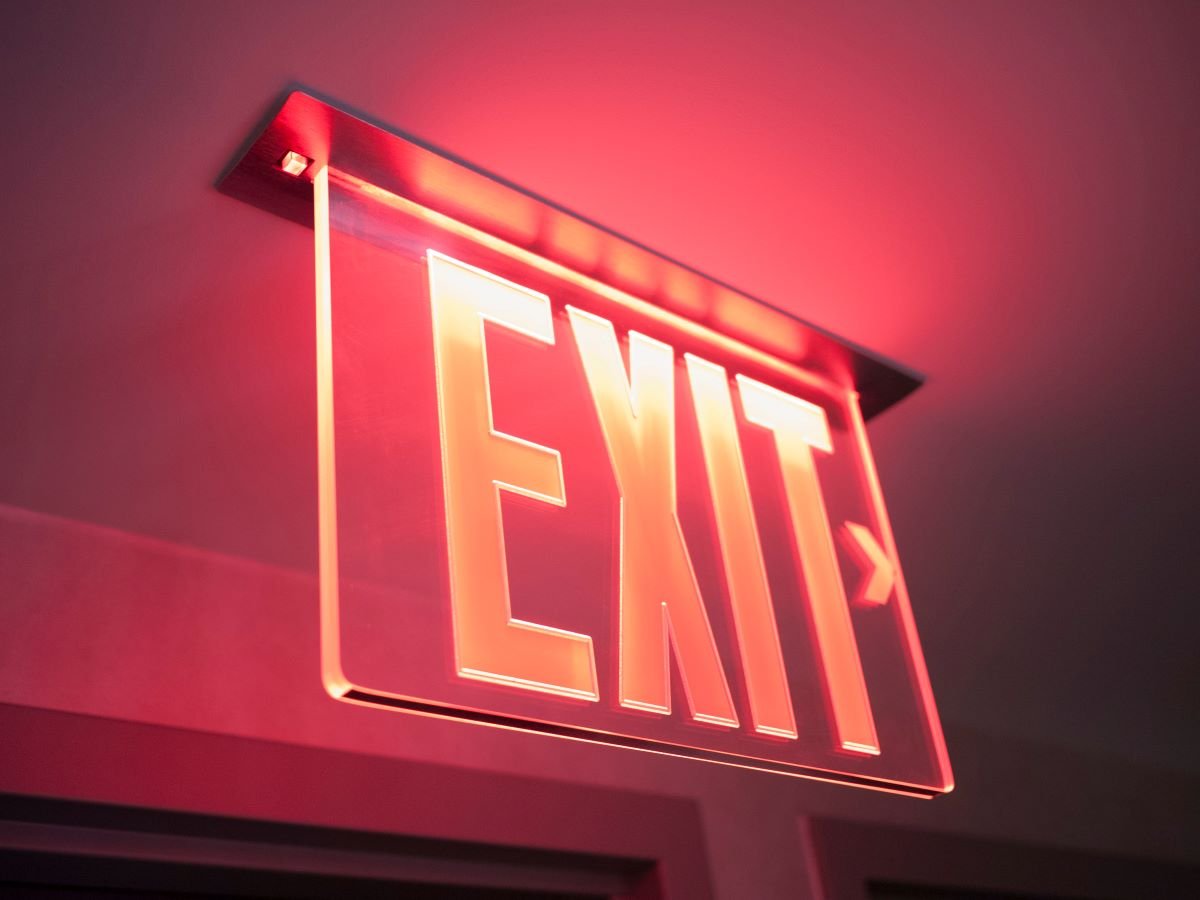
Emergency and exit lights play a critical role in ensuring the safety of building occupants in the event of a fire. To ensure that emergency and exit lights are installed and maintained properly, codes and standards have been established to specify the type, number, and placement of emergency and exit lights required for different types of buildings. This blog will discuss the code requirements for emergency and exit lighting.
- National Fire Protection Association (NFPA) 101: NFPA 101 is a widely recognized code that establishes minimum fire safety requirements for buildings. This code specifies the type, number, and placement of emergency and exit lights required for different types of buildings.
- International Building Code (IBC): The IBC is a model building code that provides minimum requirements for the design, construction, and use of buildings. The IBC requires that emergency and exit lights be installed in all buildings to provide clear and illuminated pathways for occupants to evacuate the building in the event of a fire.
- Illumination Requirements: Emergency and exit lights must provide a minimum level of illumination in order to provide clear and illuminated pathways for occupants to evacuate the building in the event of a fire. The minimum illumination level required by codes and standards varies depending on the type of building and the use of the space.
- Battery Backup: Emergency and exit lights must be equipped with a battery backup system that ensures they remain lit even during a power failure. This is critical in ensuring that occupants can evacuate the building safely and quickly in the event of a fire.
- Testing Requirements: Emergency and exit lights must be tested regularly to ensure they are in good working condition and will provide reliable illumination in the event of a fire. Testing should be conducted in accordance with codes and standards, and any necessary repairs or upgrades should be made to ensure the lights are in good condition.
Ensuring Your Building Is Safe & Secure
Codes and standards have been established to ensure that emergency and exit lights are installed and maintained properly in buildings. Building owners and managers should ensure that emergency and exit lights are installed and maintained in accordance with codes and standards, and that regular testing is conducted to ensure they are in good working condition. By implementing these best practices, building owners and managers can ensure that their buildings are safe and secure in the event of a fire. If you want more information to ensure that your building complies with the codes of your area, contact your local AHJ or a Koorsen Fire & Security professional.


